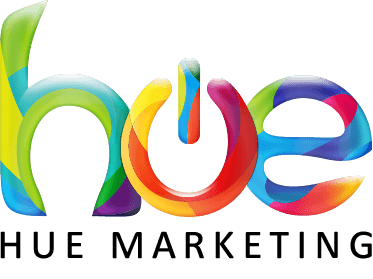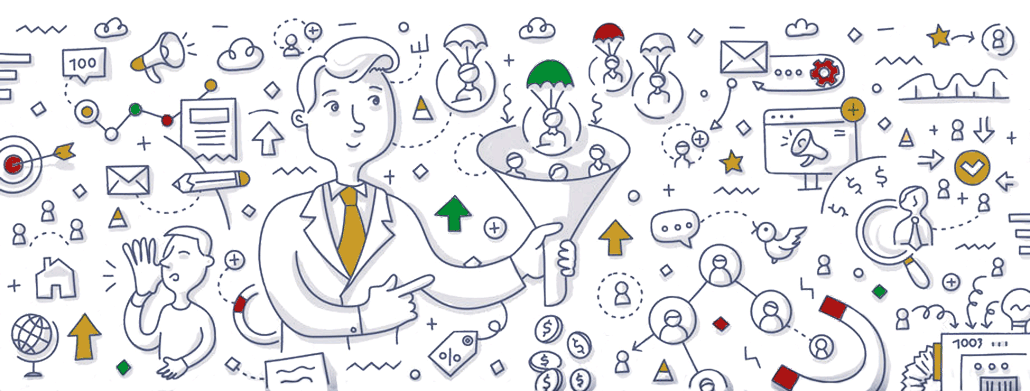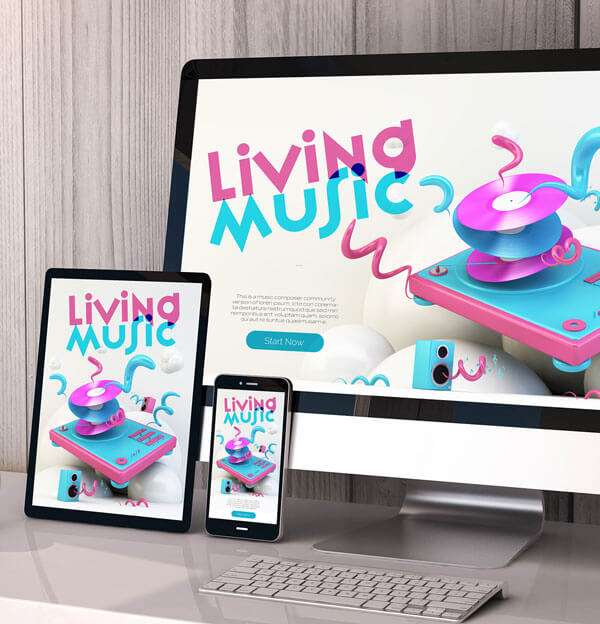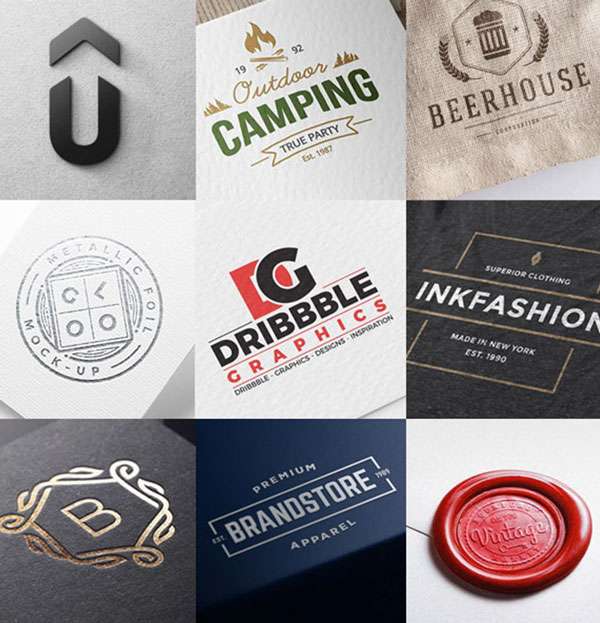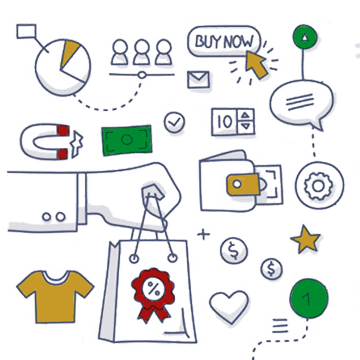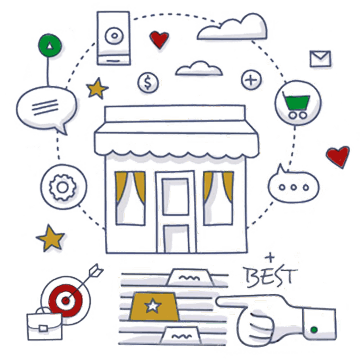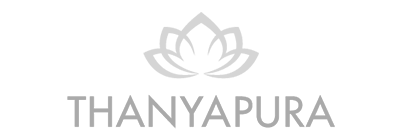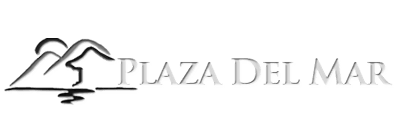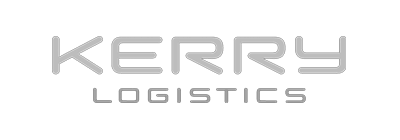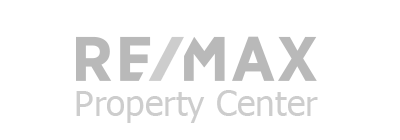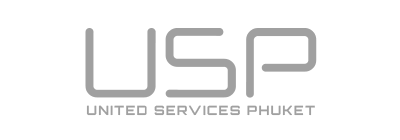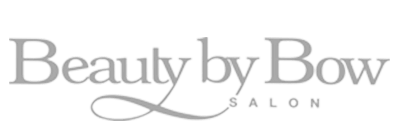CUSTOMER ACQUISITION
Reaching prospects and converting then to customers is a multi-step process. Let’s explore the essentials needed to succeed.
Who‘s Your Ideal Customer?
When marketers refer to customer profiles & target markets we’re not trying to put restrictions on who will be interested in your business. We’re attempting to better understand what your ideal, best-case-scenario customer looks like. What they need, why they need it and where they hang out.
To market your business successfully, it is imperative that you have a clear understanding of your ideal customer. This understanding will have a significant impact on the how, when, where, and why of your marketing strategies.
❝The best way to reach customers is to know & understand them.❞
– Jeff Bezos
THE FOUNDATION FOR
Successful Customer Acquisition.
Great marketing assets are the foundations for all your marketing efforts not just finding new customers.
They positively impact your sales funnel at every stage. Because of this they also reduce new customer acquisition costs, making it more profitable to promote your business.
Outshining your competition means being first or doing it better!
Marketing collateral refers to the various materials and assets to communicate with your target audience to promote your products or services. In the context of attracting new customers (customer acquisition), the following marketing tools play a crucial role:
#1 An Effective Website
- A well-designed and user-friendly website serves as the digital storefront for a business, providing valuable information about products, services, and brand identity.
- Websites are a hub for all online marketing efforts, allowing businesses to showcase their offerings, share testimonials, and capture leads through contact forms or subscription options.
- Effective websites are optimized for search engines (SEO), mobile responsiveness, and user experience, ensuring maximum visibility and engagement with potential customers.
#2 Memorable Branding
- Branding encompasses the visual identity and personality of your business, including the logo, colour palette, typography, and messaging.
- Consistent branding across all marketing materials helps businesses establish recognition and build trust with their target audience.
- Strong branding conveys professionalism, reliability, and differentiation in the market, making it easier for customers to identify and connect with the business.
#3 Quality Printed Assets
- Printed materials such as business cards, brochures, flyers, and posters serve as tangible representations of a business’s brand and offerings.
- These materials are particularly effective in local marketing efforts, allowing businesses to reach potential customers in Phuket through physical distribution or placement in strategic locations.
- High-quality printed materials with compelling design and messaging can leave a lasting impression on prospects and drive them to engage with the business further.
ATTRACTING vs FINDING
NEW CUSTOMERS
The only thing better than finding new customers is having them find you!
Have interested customers find you
INBOUND MARKETING
Inbound marketing has been around forever in the form of books and magazines, and special interest publications. An inbound strategy creates a forum for common interests and then promotes related products or businesses related to that group. It normally requires a little help from outbound tactics to kick start the group and inform the public that it’s out there.
Content Marketing is another branch of the inbound strategy. It’s a relatively new marketing tool that combines Inbound and Search Engine Marketing (SEM). As more and more consumers chose to ignore or block adverts and have a general distrust of sales pitches, content marketing emerged as a popular way to build relationships with potential customers, by empowering customers with the available knowledge to make informed purchase decisions.
This strategy feels natural and genuine but unlike outbound strategies, once your content is out there it continues to work for you for months or years.
Top 5 Inbound Strategies
for business in Phuket
By implementing these prioritized free marketing strategies, small businesses in Phuket can effectively attract new customers, increase brand visibility, and drive sustainable growth without a significant financial investment.
Local SEO Optimization
Local Search Engine Optimization (SEO) involves optimizing your online presence to rank higher in local search results. This includes creating a Google My Business listing, optimizing website content with relevant keywords and location-specific information, and acquiring local backlinks.
How it works:
When potential customers search for businesses in Phuket, optimized businesses are more likely to appear at the top of search engine results pages (SERPs), increasing visibility and driving organic traffic.
Why it works:
Local SEO helps businesses capture local customers actively searching for products or services in their area, leading to higher conversion rates and improved brand awareness.
Who’s it for?:
Local businesses such as restaurants, hotels, tour operators, and retail stores in Phuket.
Social Media Marketing (SMM)
Social media platforms like Facebook, Instagram, and Twitter offer free business profiles and tools to engage with a target audience. Posting relevant content, interacting with followers, and utilizing hashtags can help increase brand visibility and attract new customers.
How it works:
Social media platforms allow businesses to showcase their products or services, share updates, run promotions, and engage with potential customers directly.
Why it works:
Phuket is a popular tourist destination, and social media provides a powerful platform to reach both locals and tourists, driving engagement and fostering brand loyalty.
Who’s it for?:
Businesses in hospitality, tourism, restaurants, and retail, aiming to target both local residents and tourists in Phuket.
Content Marketing
Content marketing involves creating and sharing valuable, relevant content to attract and engage a target audience. This can include blog posts, videos, infographics, and guides related to the business’s niche or industry.
How it works:
By providing useful and informative content, businesses can establish themselves as industry experts, build credibility, and attract organic traffic to their websites or social media channels.
Why it works:
In a competitive market like Phuket, providing valuable content helps businesses stand out, while also improving search engine rankings and driving long-term customer engagement.
Who’s it for?:
Businesses in hospitality, travel, wellness, and lifestyle sectors looking to educate and engage their audience with relevant content.
Local Partnerships and Collaborations
Building partnerships with other local businesses or organizations can expand reach and attract new customers through cross-promotion. This could involve joint events, co-hosted promotions, or referral programs.
How it works:
Partnering with complementary businesses allows for mutual promotion to each other’s customer base, tapping into new audiences and enhancing brand exposure.
Why it works:
Collaborating with established local businesses or organizations builds trust and credibility among potential customers, leveraging existing relationships to drive word-of-mouth referrals and customer acquisition.
Who’s it for?:
Small businesses in Phuket seeking to increase their visibility and reach within the local community, such as spas, activity providers, and boutique shops.
Online Reviews and Reputation Management
Encouraging satisfied customers to leave positive reviews on platforms like Google, TripAdvisor, and Facebook can significantly impact a business’s reputation and credibility. Responding promptly to both positive and negative reviews demonstrates excellent customer service.
How it works:
Positive reviews act as social proof, influencing potential customers’ purchasing decisions and improving search engine rankings. Managing and responding to reviews demonstrates a commitment to customer satisfaction and helps mitigate the impact of negative feedback.
Why it works:
In the tourism-driven economy of Phuket, where word-of-mouth recommendations are influential, positive reviews play a crucial role in attracting new customers and building trust in the business.
Who’s it for?:
Businesses in hospitality, tourism, and service industries where online reviews heavily influence consumer decisions, such as hotels, restaurants, and tour operators in Phuket.
Reaching out to potential customers
OUTBOUND MARKETING
Think of traditional advertising like commercials, print advertising, billboards and flyers where your message has the potential to be seen by a large number of people, hopefully, enough of those people will also be in your target market.
Then there’s digital advertising through Google AdWords and Facebook Ads etc., where it’s possible to target consumers by demographics like age, location, sex, interests and even past actions. With re-marketing, you can even display ads to customers who’ve clicked on a particular link or visited a page of your website. But it’s still an outreach activity to find customers who MIGHT be interested in what you have to offer.
Outbound tactics will always play an important role in your marketing strategy. But paid customer acquisition stops when you stop paying and it’s subject to your ability to convert. So it makes sense to also implement an inbound strategy.
Top 5 Outbound Strategies
for business in Phuket
By prioritizing these paid marketing strategies, small businesses in Phuket can effectively target and attract new customers, increase brand awareness, and drive revenue growth through strategic investment in advertising and promotion.
Google Ads (Pay-Per-Click Advertising)
Google Ads is a paid advertising platform where businesses bid on keywords related to their products or services to appear at the top of search engine results pages (SERPs) as sponsored listings. Pay-per-click (PPC) means advertisers only pay when users click on their ads.
How it works:
Businesses create ad campaigns targeting relevant keywords related to their offerings, set a budget, and bid on keywords. Ads are displayed to users searching for those keywords, driving targeted traffic to the business’s website.
Why it works:
Google Ads allows businesses to reach potential customers actively searching for products or services in Phuket, offering immediate visibility and potential conversions.
Who’s it for?:
Businesses in competitive industries like hospitality, tourism, real estate, and retail looking to increase visibility and generate leads online.
Facebook Advertising
Facebook offers a robust advertising platform that allows businesses to create targeted ad campaigns based on demographics, interests, behaviours, and location. Businesses can choose from various ad formats such as image ads, video ads, carousel ads, and lead generation ads.
How it works:
Businesses create ad campaigns tailored to their target audience, set a budget, and define targeting criteria. Ads appear in users’ news feeds or on the right-hand side of the desktop interface, driving traffic to the business’s Facebook page or website.
Why it works:
With over 2 billion active users worldwide, Facebook provides extensive reach and targeting options, enabling businesses to reach specific audiences in Phuket with tailored messaging.
Who’s it for?:
Businesses in Phuket looking to target locals, expatriates, or tourists with promotional offers, events, or brand awareness campaigns.
Influencer Marketing:
Influencer marketing involves partnering with influencers or content creators with a significant following on social media platforms like Instagram, YouTube, or TikTok to promote products or services.
How it works:
How it works: Businesses identify relevant influencers in Phuket or within their target market, negotiate partnerships, and collaborate on sponsored content such as sponsored posts, reviews, or endorsements.
Why it works:
Influencers have a loyal and engaged audience who trust their recommendations, making influencer marketing an effective way to reach and influence potential customers in Phuket.
Who’s it for?:
Businesses in hospitality, travel, lifestyle, and fashion industries seeking to leverage the popularity and influence of local or niche influencers to promote their offerings.
Remarketing/Retargeting Campaigns
Remarketing or retargeting campaigns target users who have previously visited a business’s website or interacted with their digital content but haven’t completed a desired action, such as making a purchase or filling out a contact form.
How it works:
Businesses place tracking pixels on their website to capture user data and create custom audiences. They then create targeted ads aimed at re-engaging these users across various digital channels.
Why it works:
Remarketing allows businesses to stay top-of-mind with potential customers who have shown interest in their products or services, increasing the likelihood of conversion through repeated exposure.
Who’s it for?:
Businesses in Phuket with an online presence, such as e-commerce stores, hotels, or tour operators, aim to recapture lost leads and drive conversions.
Local Events and Sponsorships
Investing in local events or sponsoring community initiatives can help businesses increase brand visibility, foster goodwill, and attract new customers. This could include sponsoring festivals, sports events, charity fundraisers, or local cultural activities.
How it works:
Businesses align themselves with events or organizations relevant to their target audience in Phuket, gaining exposure through event signage, branding, mentions, and promotional materials.
Why it works:
Associating with local events or causes helps businesses build relationships within the community, generate positive publicity, and differentiate themselves from competitors in Phuket’s market.
Who’s it for?:
Businesses aiming to strengthen their presence in Phuket’s local community and establish themselves as active and supportive members, such as restaurants, hotels, or service providers catering to residents and tourists alike.
COST vs REWARD
Both options can be quite costly especially when your core foundation isn’t strong enough to help convert. Paid advertising has its place but it’s 100% a numbers game. If your returns outweigh your costs – great! Inbound marketing and content marketing in particular take time and developing good quality content can be its own challenge. But as a long-term strategy, it’s hard to beat.
All potential customers have expectations. To know what they are and then exceed them is the soundest marketing strategy there is. While short-term strategies change, having a solid marketing foundation that will impact all your customers should be a priority – This is where you need to exceed their expectations.
It’s not enough to just have a website or just pay for ads.
It’s a competition, so Quality, Clarity and Value are key to success!
Before starting your next marketing project try our Budget Calculator. Based on your sales estimates it will help identify an optimal budget to keep that Cost vs Reward in balance and calculate what marketing budget you should expect to invest.
PRO TIP:
PROSPECTS x CONVERSION RATE = NEW CUSTOMERS
The search for new customers challenges all businesses. Small businesses find customer acquisition particularly challenging due to limitations of resources, time and marketing experience. So before you start to invest in this area check your conversion rate to make sure you’re not going to be throwing money away.
Sales ÷ Enquiries x 100 = % Conversion Rate
Example: 200 ÷ 800 x 100 = 25% Conversion Rate
It’s ALWAYS cheaper to improve your conversion rate or develop better repeat business strategies. The point here is to tighten up your conversion process BEFORE you start paying for new leads.
MORE ways to boost your business…
Make More Sales
A 1% increase in sales conversion is equal to a 10% increase in customers.
Be More Competitive
Most visitors already intend to buy. But why should they buy from you?
Be More Profitable
Make better marketing decisions to reduce costs and boosts profit.
